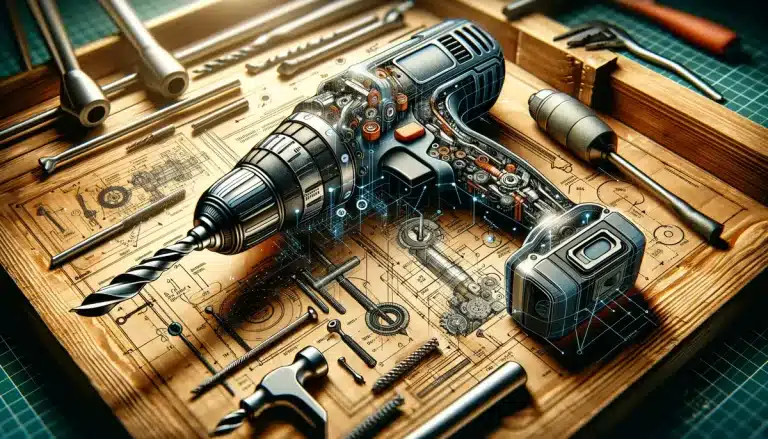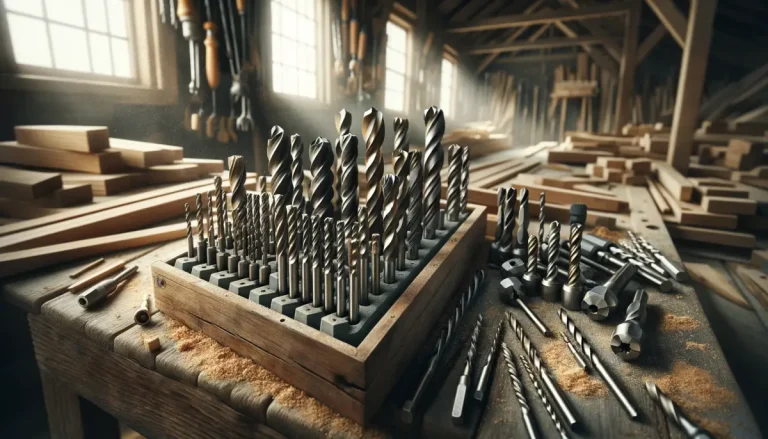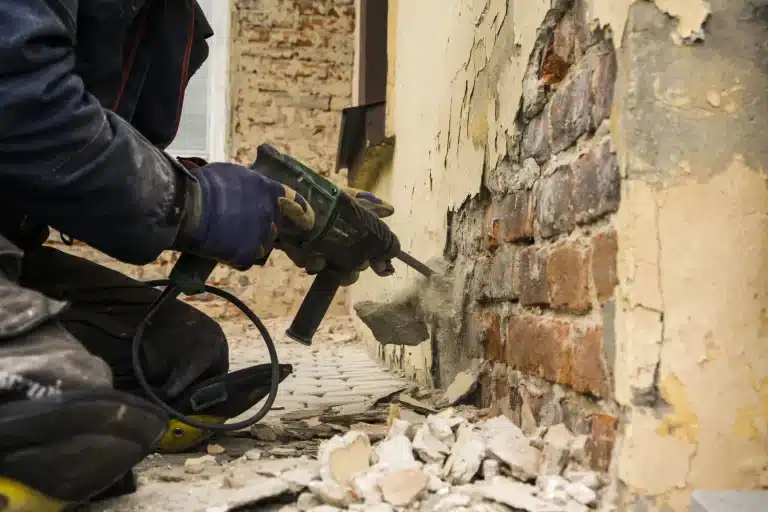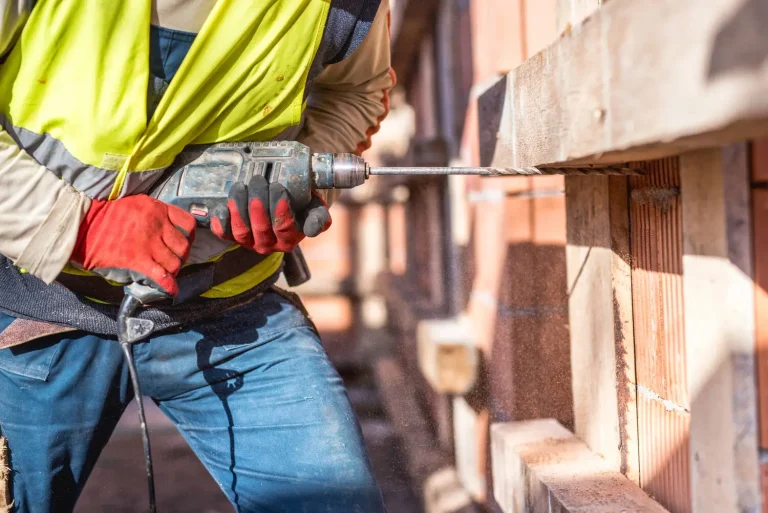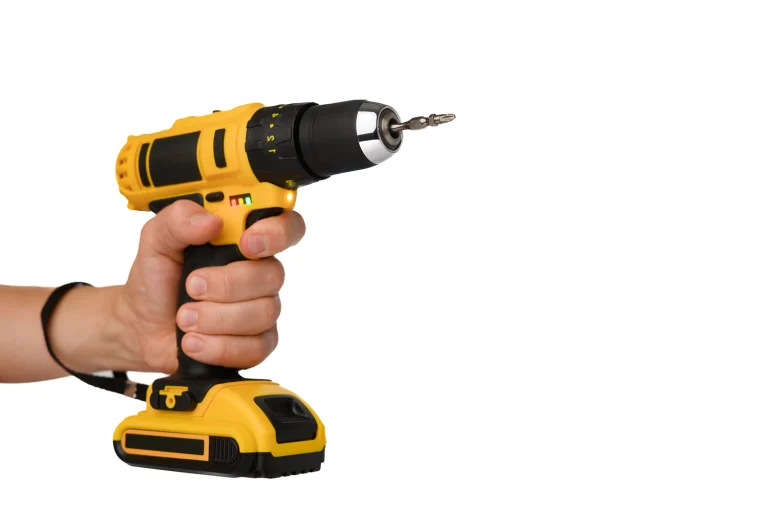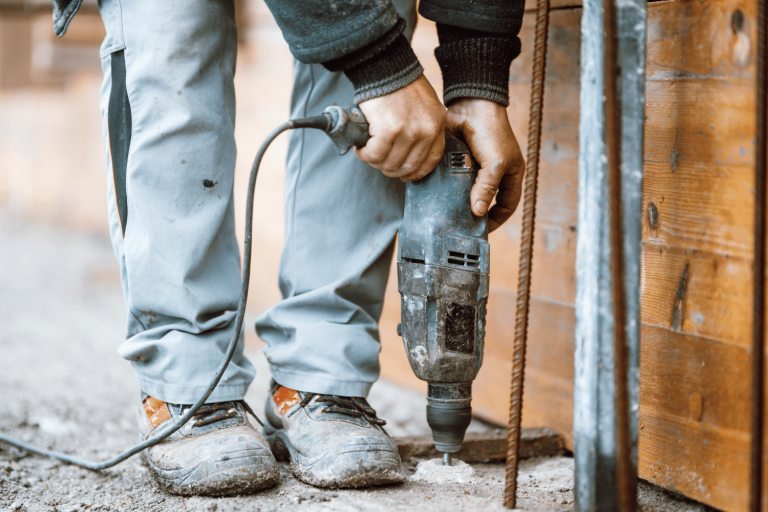Versatile Hammer Drill Uses for the Everyday DIYer
Hello there! If you’re reading this, chances are you’re interested in power tools and DIY projects. Whether you’re a professional contractor or a DIY enthusiast, you probably already know the importance of having the right tools for the job. And when it comes to drilling into tough materials like concrete and masonry, there’s no tool quite like a hammer drill.
In this article, we’ll be discussing the various uses of a hammer drill, how it differs from a regular drill, the different types of hammer drills available, and some important safety tips for using them. So, whether you’re planning to install new fixtures, hang shelves, or even tackle some demolition work, keep reading to learn why a hammer drill might just be the tool you need to get the job done quickly and efficiently.

What is a hammer drill?
Let’s start with the basics: what exactly is a hammer drill, and how does it differ from a regular drill?
Hammer drill vs regular drill
A hammer drill (aka rotary hammer) is a power tool that’s designed to drill through tough materials like concrete, brick, and stone. Unlike a regular power drill, which rotates the bit to create a hole, a hammer drill also has a forward thrusting motion, or a hammer function, that helps to break up the material as it drills. This is achieved through the use of a pulsing action that hammers the bit as it rotates, making it much more effective at drilling holes through hard materials.
So, if you’ve ever tried to drill into concrete or masonry with a regular drill and found that it just wasn’t up to the task, that’s where a hammer drill comes in handy. With its unique hammering action, a hammer drill can power through tough materials with ease, making it a must-have tool for anyone who works with concrete or masonry on a regular basis.

Uses of a Hammer Drill
Now that we know what a hammer drill is and how it works, let’s dive into the many ways it can be used.
Drilling into concrete and masonry
First and foremost, a hammer drill drills into tough materials like concrete and masonry. Whether you’re hanging shelves, installing a new light fixture, or mounting a TV to the wall, a hammer drill will make quick work of creating the necessary holes.
Creating holes for anchors and screws
Another common use for a hammer drill is creating holes for anchors and screws. When you’re working with hard materials, it can be tough to get your screws to hold without a sturdy anchor to support them. A hammer drill can easily drill holes you need to insert your anchors and ensure that your screws stay firmly in place.
Demolition work and other uses
But the uses of a hammer drill don’t stop there. Most hammer drills are also a valuable tool for demolition work, whether you’re breaking up old concrete or taking down a brick wall. Additionally, hammer drills can be used for mixing paint or concrete, chiseling and removing tiles, and even for installing electrical fixtures and plumbing.
As you can see, a hammer drill is an incredibly versatile tool that’s essential for any DIY project or professional construction job that involves tough materials. Whether you’re drilling, chiseling, or mixing, a hammer drill can make your work faster, easier, and more efficient.
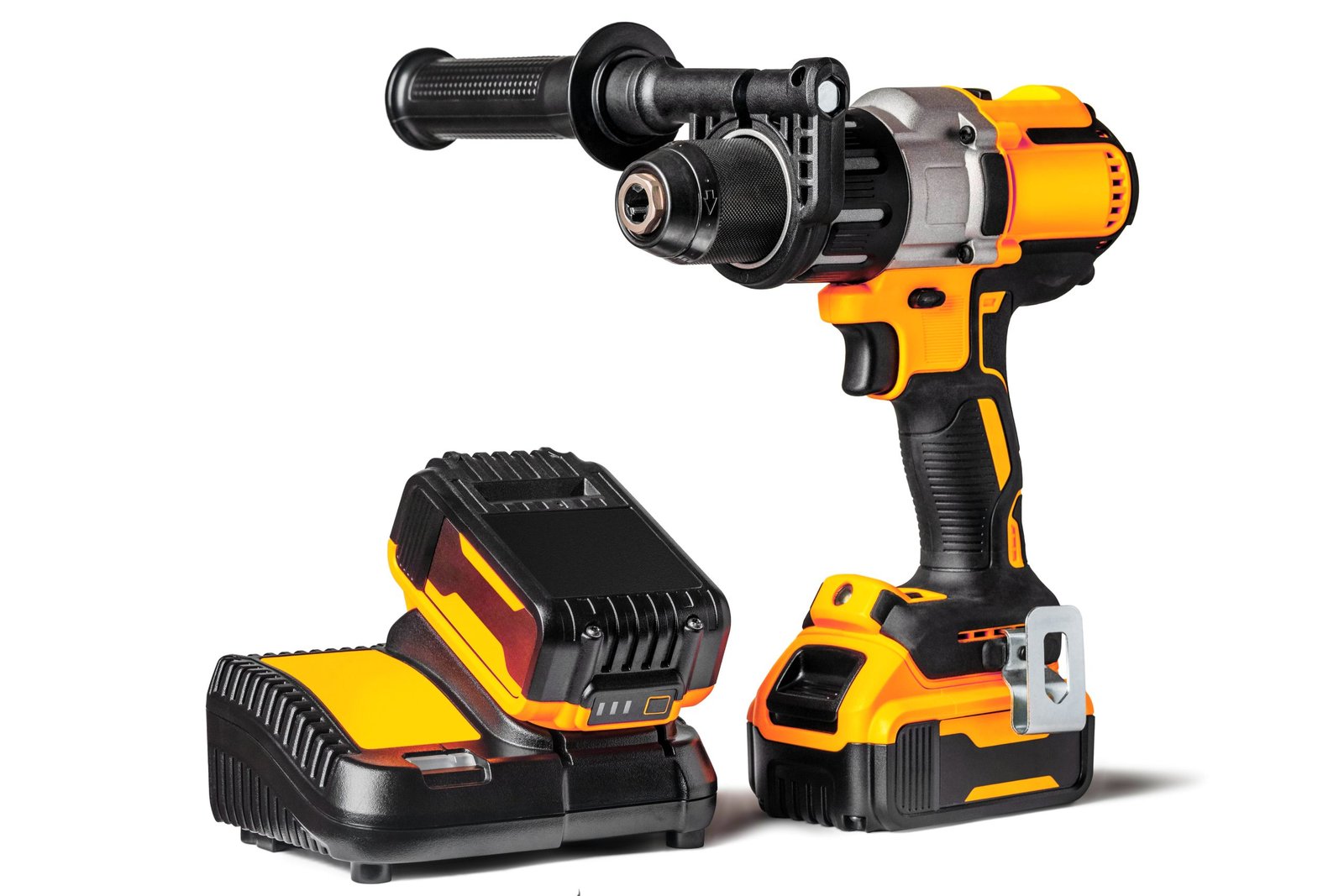
Types of Hammer Drills
Now that we know the uses of a hammer drill, let’s talk about the different types of hammer drills available.
Corded vs. cordless
First, there are corded and cordless drills. Corded hammer drills are powered by an electrical outlet, which means they provide a steady, reliable source of power for heavy-duty work. Cordless hammer drills, on the other hand, are battery-operated, making them more portable and convenient for smaller jobs.
SDS vs. SDS-plus vs. SDS-max
Another factor to consider is the type of chuck system the hammer drill uses. Most modern hammer drills use the SDS chuck system, which stands for “Slotted Drive System.” This is a specialized system to ensure a masonry drill bit is firmly installed within the hammer drill. Within the SDS system, there are three different types: SDS, SDS-plus, and SDS-max. SDS-plus is the most common and versatile option, suitable for most DIY and professional jobs, while SDS-max is larger and more powerful, designed for heavy-duty work like demolition.
Choosing the right hammer drill for your needs
When choosing a hammer drill, it’s important to consider your specific needs. For smaller, occasional jobs, cordless SDS hammer drills might be the best choice. For larger, more frequent jobs, a corded hammer drill with an SDS-max chuck system might be the way to go. It’s also important to consider the size and weight of the drill, as well as any additional features like variable speed control or a built-in level.
Ultimately, the type of hammer drill that’s right for you will depend on the type and frequency of work you’ll be doing, as well as your personal preferences. Be sure to do your research and choose a hammer drill that will meet your needs and help you get the job done quickly and efficiently.
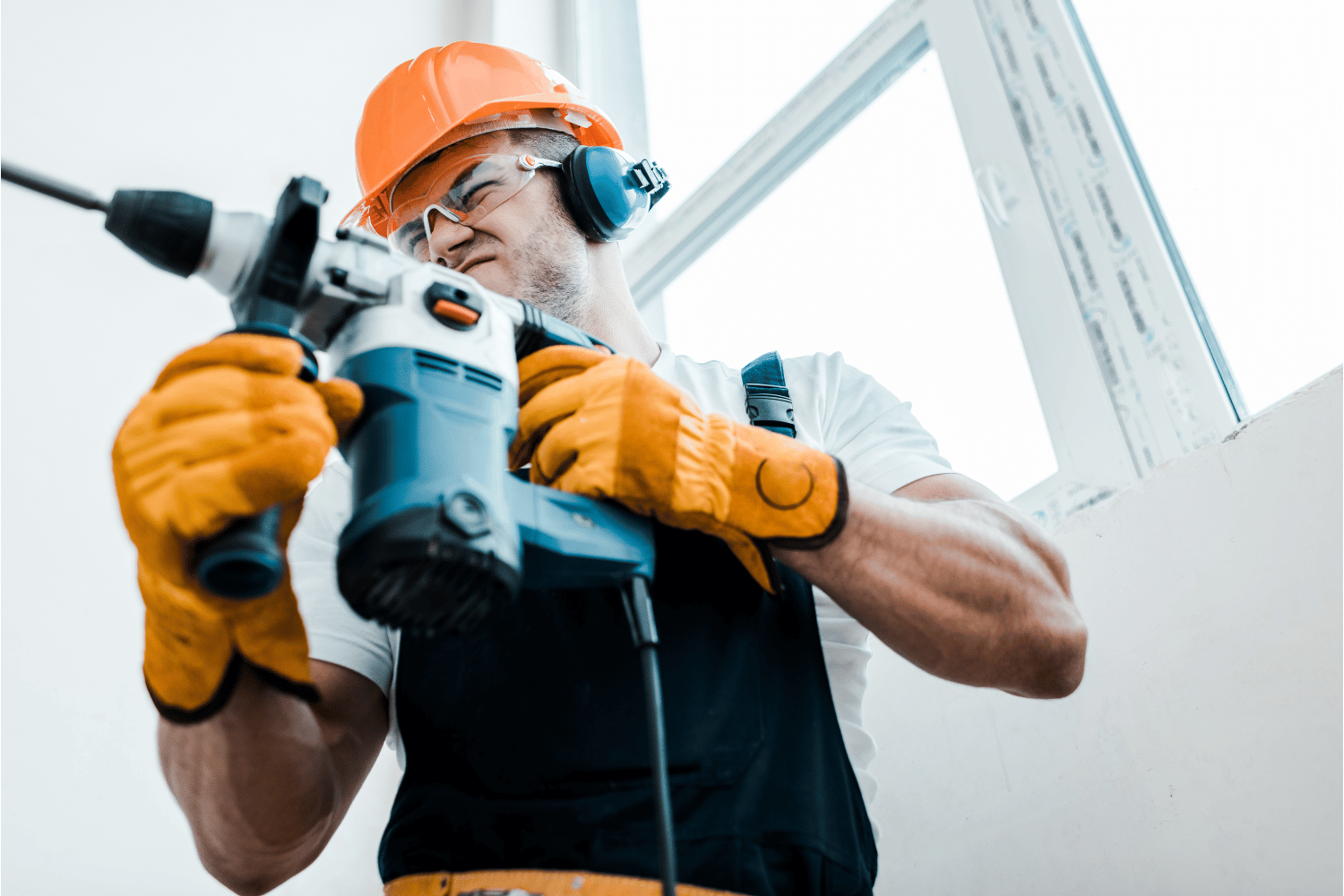
How to Use a Hammer Drill Safely
If you’re planning on using a hammer drill for the first time, it’s important to know how to do so safely. Follow these basic safety precautions to ensure your own safety as well as those around you.
Proper protective gear
First and foremost, make sure to wear proper protective gear, including safety glasses, hearing protection, and a dust mask if you’ll be drilling into masonry or concrete. Loose-fitting clothing and jewelry should be avoided to prevent getting caught in the drill.
Basic safety precautions
When operating the hammer drill, make sure to hold it with both hands and maintain a stable stance. Keep your fingers away from the trigger until you’re ready to start drilling.
Tips for safe operation
If you’re drilling into a wall, make sure to check for any hidden wires or pipes before beginning. It’s also a good idea to use a stud finder to locate any studs in the wall to prevent accidentally drilling into them.
To minimize the risk of injury, avoid applying excessive force while drilling and let the drill do the work. When finished, turn off the drill and unplug it before changing bits or making any adjustments.
By following these tips for safe operation, you can ensure that you get the most out of your hammer drill while keeping yourself and others safe.
Time to Get Drilling
In conclusion, we hope this article has provided you with a helpful overview of the many uses of a hammer drill. From drilling into masonry and concrete to installing drywall and framing walls, a hammer drill can be a versatile and powerful tool for a wide range of DIY projects or professional work.
However, it’s important to always prioritize safety when using any power tools, including a hammer drill. Be sure to wear proper protective gear, follow basic safety precautions, and operate the drill with care to minimize the risk of injury.
If you’re in the market for a hammer drill, we encourage you to invest in a high-quality model that meets your specific needs and budget. With the right tool and proper safety measures in place, you’ll be well-equipped to tackle any drilling task with confidence and ease.


